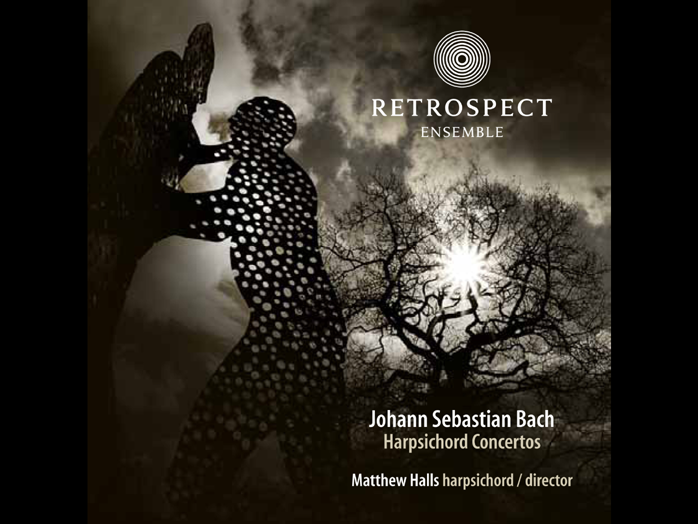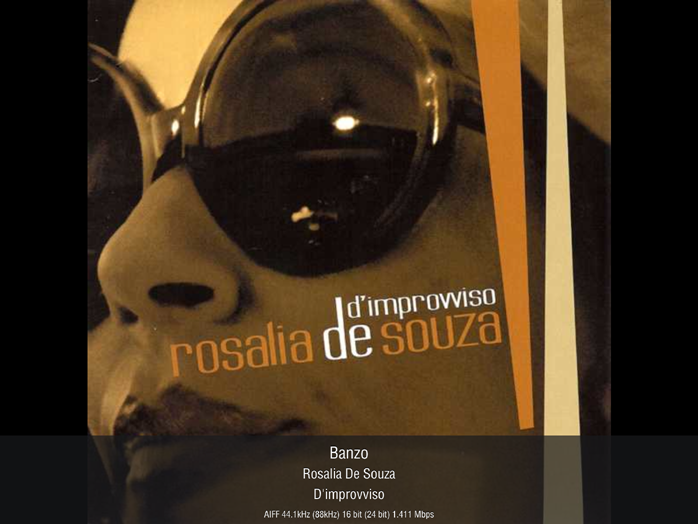This review page is supported in part by the sponsors whose ad banners are displayed below |
 |
 |
Listening to the Retrospect Ensemble [Bach – Harpsichord Concertos], the corrected 20.7 bought more precisely differentiated tones. The harpsichord is quite unkind to playback systems. Very often it sounds too bright and nearly distorted. With the Amethyst, Matthew Halls’ instrument maintained a rich harmonic presentation and convincing tones in the lowest octaves. The realistic soundstage delivered a consistent image on all tracks. When you listen to many Baroque recordings, you often have the sensation of a very wide soundstage which lacks consistency and density. Adding the Trinnov, this impression disappeared completely on whatever preset was used. In terms of timbre accuracy, I had the best results with minor changes to the amplitude versus frequency curve.
|
 |
|
|
|
On the live Carmina Burana recording of the LSO conducted by Richard Hickox, the most impressive feature was a significant reduction of overall room distortion. The Amethyst succeeded in synthesizing the best of headfi and speaker listening. It simultaneously achieved the ultra clarity of headphones and the three-dimensional soundfield of a premium speaker setup. Here the best depth and detail density came from the monitoring filter and quite flat equalization. It’s usually rather difficult to listen to Carmina Burana at high SPL. With the Trinnov I was able to tame the relative brightness of Carl Off’s masterpiece even at unreasonable SPL.
|
 |
I achieved the same kind of result for the virtuoso guitars of Rodrigo Y Gabriela [9 Dead Alive]. The amplitude versus frequency correction was again the perfect remedy against any listening fatigue. And contrarily to the common notion that sometimes the remedy is worse than the disease, I did not lack for dynamics or dimensionality. One other sonic highlight was seamlessness or heightened coherence. The vertical axis integrationof even large speakers was simply outstanding.
|
 |
|
|
|
|
Moving to a warmer voice like Rosalia de Souza [D’improvviso], the Amethyst neither killed off the live ambience nor reduced any listener involvement as two items often considered collateral damage of room EQ. With the Lawrence Audio Double Bass, drums and cymbals were completely realistic whilst the voice of the Brazilian singer was focused and very nuanced. Each recorded component was perfectly reproduced and easily located. At any moment the slight tendency to bloated warmth from this kind of recording was undermined by the Amethyst Optimizer.
|
 |
Conclusion. The Trinnov Amethyst is quite a crazy piece of gear for any reviewer since its possibilities and areas of investigation seem positively endless. This kind of assessment is thus bound to be long yet still frustrating as one can at best report on just a small fraction of what would be possible if time and word count were unlimited. The Amethyst returns a lot on the money especially when compared to what high-end electronics usually offer.
|
 |
Anyone who elects to go down the road of room correction will in my opinion find the Amethyst a pure bargain. It seems to be the most advanced room corrector available but is also a very nice preamp, a fine A/D/A converter, an intelligent active crossover with sophisticated bass management settings, a promising MM phono stage, a high-performance UPnP renderer... and all that for less than €10’000. If you consider that the added value of the room optimizer is significantly higher than what you could expect from the same amount spent on exotic audio cables, you will appreciate how the Amethyst, like the previous ST2-HiFi, demands a Blue Moon Award. Finally Magnepan owners should very seriously consider this Franco/Swiss army knife as the most significant upgrade of their current system. Highly recommended! |
 |
 |
 |
 |
|
 |